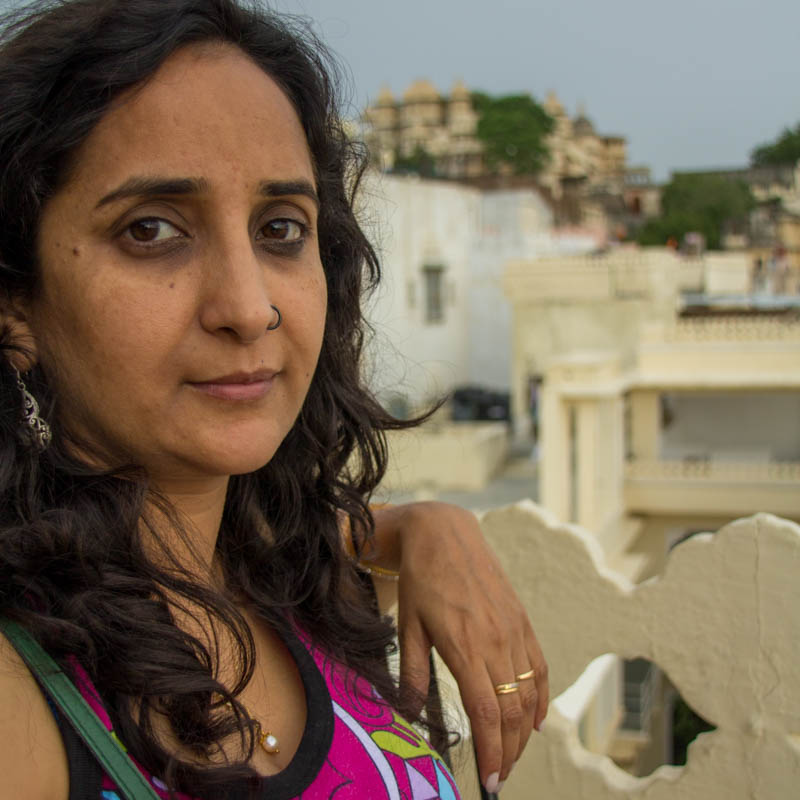“Why do you wrestle with your head and heart? Listen to them, they might have a genuine demand.“
Balancing the Mind and Heart: The Transformative Power of Yoga in Therapy
I often see my students struggling with inner conflicts between their thoughts and emotions. They may feel like they are at war with themselves, not sure which direction to take or how to reconcile these opposing forces. The truth is, both our mind and heart have valuable insights and perspectives to offer, and it’s essential to listen to both in order to live a harmonious and fulfilling life.
Yoga philosophy can help us understand this duality and bring balance to our lives. The ancient teachings of yoga recognize the mind and heart as separate but equally important components of our being. In Sanskrit, the mind is referred to as the manas and the heart as the hridya. The manas is responsible for thinking, analyzing and making decisions, while the hridya is responsible for emotions, intuition and spiritual connection.
In order to live a fulfilling life, it’s important to strike a balance between these two forces. A harmonious balance between the manas and hridya can be achieved through the practice of yoga, which includes physical postures (asanas), breathing techniques (pranayama), and meditation. By developing a regular yoga practice, we can quiet the mind and create space for our heart’s insights and perspectives to come forward. This balance helps us to better understand our own needs and desires, leading to a more peaceful and centered life.
One powerful technique for balancing the manas and hridya is the practice of pranayama, or conscious breathing. When we’re feeling overwhelmed or uncertain, it’s easy for our minds to start racing and our emotions to become scattered. By focusing on our breath and taking slow, deep breaths, we can slow down our mind and calm our emotions, making it easier to listen to our heart and make decisions based on what truly matters to us.
Yoga philosophy provides us with a framework for understanding the relationship between our mind and heart, and for bringing balance and harmony to our lives. By integrating yoga into your therapy practice, you can help your clients to better understand and reconcile these inner conflicts, leading to a more peaceful and fulfilling life. So why not try incorporating yoga into your next therapy session, and experience the transformative power of this ancient practice for yourself?


0 Comments